On January 1st, drayage carriers who service the twin ports of Los Angeles and Long Beach were faced with a new requirement that, while on its face seems to be a push towards better quality of life for workers and communities around the ports, it couldn’t be more misguided.
According to the Journal of Commerce: “…California’s Advanced Clean Fleet regulation requires that effective Jan. 1, all new trucks entering over-the-road and drayage fleets must be zero-emission, with all trucks in the state needing to meet that rule by 2035. Similarly, farmers will be required to begin phasing in zero-emission off-road vehicles and tractors.”
Sure, you’re thinking, California already has some of the most stringent tailpipe emissions requirements in the country, and you’d be right. So why aren’t those standards sufficient? The truth be told, to most reasonable people, they would be enough.
However, this isn’t a discussion for reasonable people. These are policies being put forth by the South Coast Air Quality Management District, or AQMD for short.
In January, rental car company Hertz is divesting itself of nearly 20,000 electric vehicles because of the idiosyncrasies a driver has when moving away from an internal combustion engine, or ICE, vehicle. If you’re already an EV owner, you’re used to charging, range calculations that aren’t 1:1 with the range you’re told you have remaining and finding available charging in high-density markets.
Consumers are willing to accept some inconveniences in their lives but like the difference between that cheap online hand mixer and a pro, high-capacity one used in commercial bakeries, the commercial stuff is expected to work better, last longer and be less prone to mechanical failures.
The California Energy Commission estimates California needs 157,000 medium- and heavy-duty chargers — 53 a day — by 2030 to meet proposed regulations like the Advanced Clean Truck and Advanced Clean Fleet rules.
The fact is, California’s ports are risking their competitiveness, they’re risking the number of drivers who can service the ports and at a time when the ports are seeing volumes slightly above 2019 numbers but not near the record pandemic numbers and for shippers, there’s a risk of this moving to other states.
Scope 3 emissions and the greenhouse gases generated by shipping are a legitimate environmental concern. Whether Maersk looking to methanol-fueled ships or the nascent but growing number Sustainable Aviation Fuel, or SAF, refineries coming online, solutions are being developed, but not without there being significant steps backwards in productivity that are being imposed on a community.
With the help of Matt Schrap, Executive Director of the Harbor Trucking Association, Scott and Cameron are going to have a conversation that asks and answers the questions:
-
What are the California state-level regulations?
-
What are the port level regulations and policies?
-
Will it spread north to Oakland and other CA ports which saw containerized traffic during the pandemic and might still be seeing some of that business?
-
What will happen if this goes national?
-
What are 3 takeaways / action items that logistics companies, truckers and cargo owners can do to prepare their organizations or to let their voices be heard.
And most importantly, Logistically Speaking, what are cargo owners to do about the zero-emission truck requirement?



